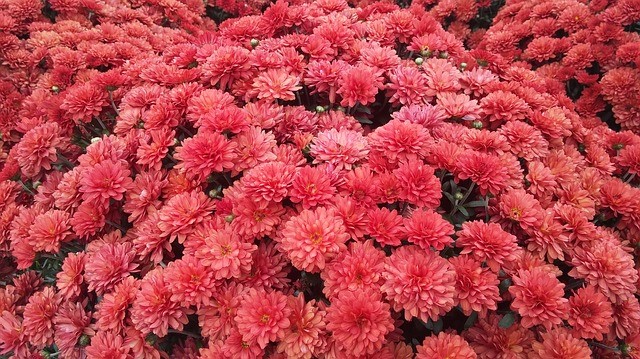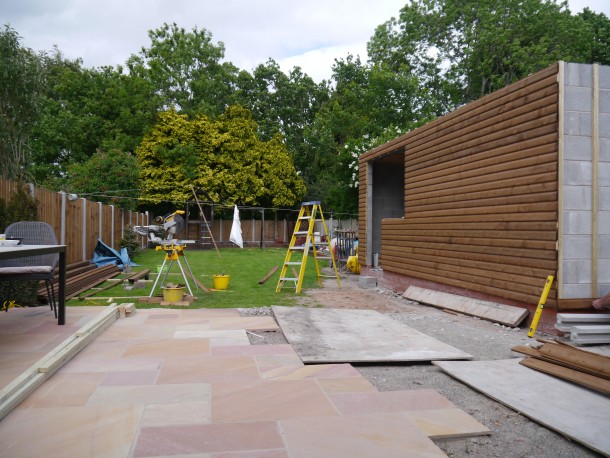Surveys show that about one in three American households have either a flower or food garden.
Flowers improve our health, decrease our stress, and provide beauty and peace in an ever-moving world.
If you are new to gardening, you may be wondering how to start a flower garden. Here are seven steps you can take to create an elegant landscape in your own backyard.

1. Decide On a Spot
Check out your yard and decide where a garden would work best. Spots with full sun get six or more hours of bright sunlight each day. These are great locations for perennials like lavender, black-eyed Susans, and daffodils.
Be sure that your spot is close enough to a water spigot that you won’t be too taxing to hydrate your flowers each day. You also don’t want to plant them so close to a water source that they could easily drown.
Consider the part of your yard that you would most like to beautify, and where a flower garden would add the most appeal to your house. It is also a good idea to choose a location that you walk past every day, so you won’t forget to water it.
A small flower bed, or a raised window box, may be great places to start. It will give you a chance to grow and maintain a small flower garden before expanding your display.
2. Get The Right Soil
Raised garden beds require a special mix of organic material and nutrients to keep plants healthy. Purchase raised garden soil, or visit your local garden center to have a professional help you create your own mix. It will likely involve some combination of compost, dry grass clippings, or old manure.
If you are planting in a window box or container, consider purchasing a potting mix that retains moisture and drains well.
For those planting a garden for the first time, consider putting down a layer of landscape fabric to block weeds before adding your soil. Once your garden has been fertile, you can also add some compost manure each year to add nutrients before planting.
3. The Right Time
Find out when the average first and last frost dates are in your area. A safe time to plant is 4-6 weeks before your anticipated last frost day. This will help your plants grow faster, and help you cut down on the number of weeds in your garden.
You will want to make sure your soil is the right consistency before you dig. It should be moist enough to form a loose ball when you roll it in your fist, but loose enough to fall apart when you drop it.
4. The Right Flowers
There are two types of flowers that gardeners love to plant. Annuals need to be re-planted every year. Perennials return from the roots and grow larger each year.
Easy perennials are a great place for new gardeners to start. They include daylilies, daisies, and sedum.
Taller perennials can be planted in the back of your garden so they don’t block other flowers. Mid-spring and late autumn are good times to plant perennials.
Some easy annuals include petunias, geranium, marigolds, and pansies. Annual plants usually survive for one growing season.
Learn which types of plants grow well in your climate in the wild. They will probably grow the most comfortably on your property.
5. The Right Colors
Complimentary colors create an irresistibly beautiful effect in your garden. These are colors that are present on opposite sides of the color wheel, such as blue and yellow.
In sunny spots, warm colors such as red, orange, and yellow really pop, especially during sunrise and sunset. Yet these shades can look flat if they are not complemented by cooler tones.
Blues compliment yellows, creating harmony and pop. Experiment with different colors.
The best tones will bring in the hues of your home and landscape without overwhelming other elements. The right color scheme will unify your outdoor landscape.
When you are ready to bring your flowers in, this blog can give you some great places to start with arranging.
6. The Right Shapes
Try putting different shapes together and make note of their effect. Plumes, daisies, buttons, globes, and screens all compliment and contrast one another in different ways.
Try mixing different heights, designs, colors, scales, and textures.
It is a good idea to design in combinations. If you find that certain heights bring out the best in one another, continue this scheme in a symmetrical line that can be appreciated by onlookers. You don’t want your garden to appear arbitrary.
7. Maintain
Most flowers will need to be watered daily, especially when they are first planted. This can taper off as your plants get larger. The frequency with which you water your flowers will depend upon your climate and rain levels.
To minimize evaporation, it is a good idea to water your flowers early in the morning.
Covering your plants with a couple of inches of mulch will help to keep the water in and the weeds out. Many kinds are available, including those made from cocoa chips or pine needles.
You will want to weed and fertilize your garden about halfway through the season. Remember to pull out any weeds you see that are getting big each day.

How To Start a Flower Garden
If you have ever wondered how to start a flower garden, your neighborhood garden center is a great place to start. Choose a sunny spot, get your soil ready, and arrange your flowers in a delightful way to keep your garden springing up every year.
For more information on home improvement, read our blog today.
One Response